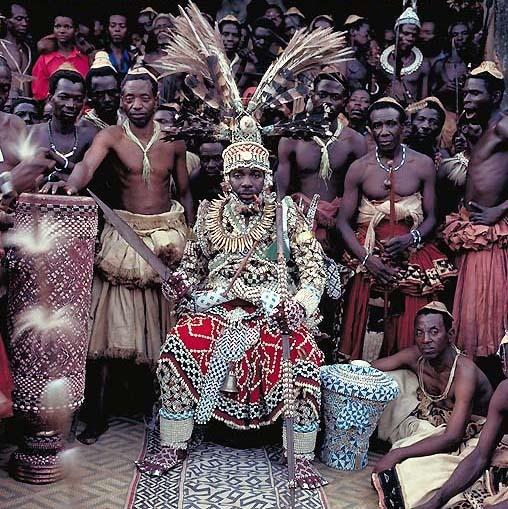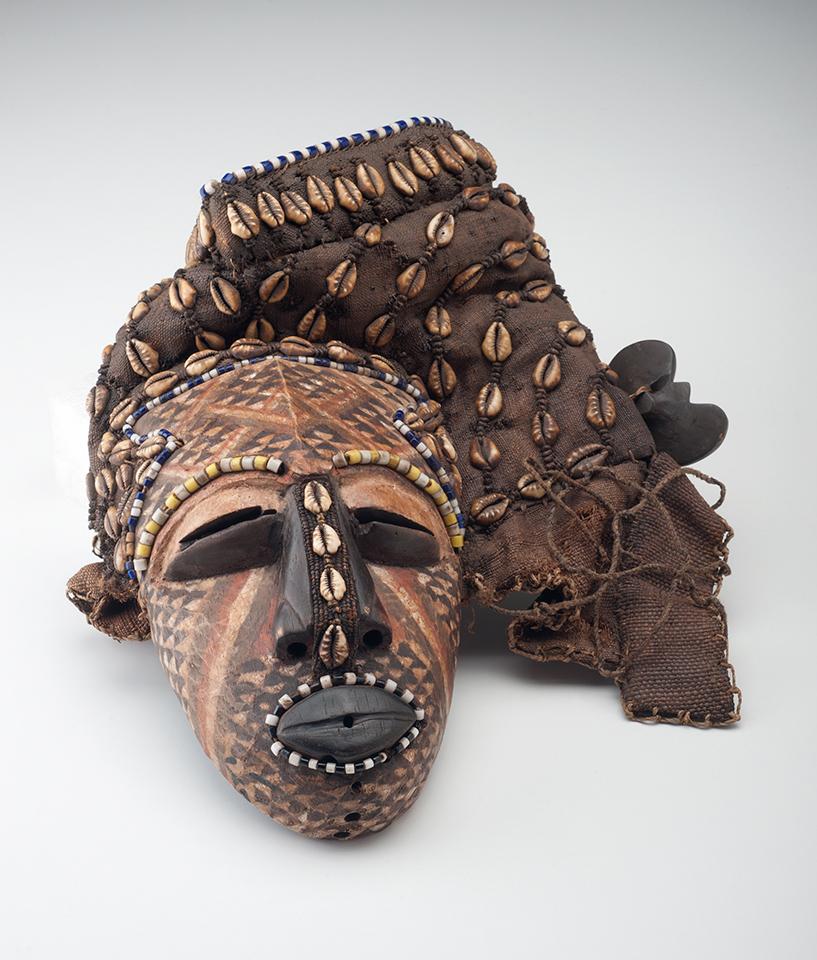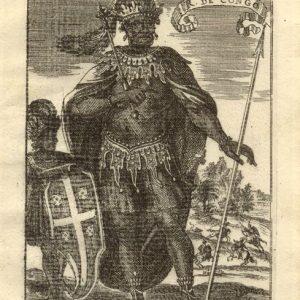Congolese pre-colonial Kingdoms
The Kuba Kingdom is a state entity founded in the 1600s and is currently located in the Democratic Republic of Congo. It is a pre-colonial Congolese kingdom and the historical branch of Congotalks243 has the pleasure to tell you about it and make you discover the beauty of the Democratic Republic of Congo.
THE KUBA KINGDOM ORIGIN
The Bakuba people migrated to their new location from the north in the 1600s and are also part of the Bantu-speaking people. According to oral tradition, the Kuba kingdom was founded by Shyaam a-Mbul a Ngoong.

The kingdom was first a collection of different chiefdoms made up of Mongo-speaking people who would have migrated to this part of the DRC and then Shyaam a-Mbul unified all these chiefdoms and took over the leadership, thus becoming the first Nyim (King) of the kingdom that he had himself founded, the Kuba Kingdom.
The Kuba Kingdom Location
The Kuba kingdom was located in the present-day Democratic Republic of Congo, bordered by the Lulua, the Kasai River, and the Sankuru, in the Kasaï region of the DRC.

Economy Of The Bakuba
The economy of the Kuba kingdom was based on agriculture initiated by King Shyaam a’Mbul a Ngoong: maize, cassava, tobacco, beans, and the production of textiles or raffia weaving were sold to the kingdom’s various neighbors. Let us discover the political structure of the Kuba kingdom
The Bakuba Political System
The Kuba kingdom was a monarchy and had a merit-based title system. However, power still resided within the ruling clan, which was the Bushoong Clan. So the majority of Kings came from the Bushoong Clan. In the Kuba Kingdom, rulers took the title of Nyim, meaning King and they presided over the government, which is composed of a set of elites representing the sub-groups (clans) of the kingdom.
The clans represented in the Bushoong court include: Ngeende, Kel, Pyaang, Bulaang, Bieeng, Ilebo, Idiing, Kaam, Ngoombe Kayuweeng, Shoowa, Bokila, Maluk and Ngongo. The capital of the kingdom was Mushenge.
The Kuba Kingdom Religion
According to statements of oral tradition the Bakuba people believed in a god called Bumba who created the sky, the earth, the birds, the animals, the waters, the plants, the sun, and the moon. However, the cult was often dedicated to another supernatural and spiritual being called woot who was considered the first human being by whom civilization was created. According to some authors, the Bakuba people were considered to be children of woot, this divine being whom they worshiped and who was even the founder of the Kuba kingdom.
The Kuba Kingdom Art
Of all the pre-colonial Congolese kingdoms each was known for a very important element that may well have contributed to its success or flourishing. The Kongo kingdom was known for its political structure and its protest against the Portuguese or the colonial authorities in place by King Alfonso I, the revolutionary Kimpa Vita, and the prophet liberator Simon Kimbangu; the Luba empire was known for its fearsome warriors; and the Lunda empire for its democratic monarchical political structure.

Similarly, the Kuba kingdom was best known for its art. These include the embroidered raffia textiles, their carved palm wine cups, cosmetic boxes for the noble class or royalty, their monumental helmet masks, and the carved wooden statues of their rulers, which immortalized their reigns.
Nowadays, carved wooden objects such as palm wine cups, embroidered raffia textiles, monumental masks, animal skins such as leopard skins are scattered in several museums around the world, some of them in Congolese museums, and others in Europe, precisely in Belgium (Congo’s former colonizer), and in the Americas, precisely in the Brooklyn Museum.
The Kuba Kingdom Success
The Kuba kingdom was the kingdom least affected by the slave trade and the 19th century colonization of Congo by the Belgians, mainly because of its somewhat isolated location and also its surroundings. These two factors were some of the main reasons for the fall of several pre-colonial Congolese kingdoms. While the Kingdom of Kongo, the Luba empire, and the Lunda empire simply disappeared, the Kuba kingdom (though it had also experienced a late decline in the 1900s) still exists today as a state of the DRC under the reign of Kot-a-Mbweeky III.
CONCLUSION
The Kuba kingdom was created following the migrations of the Mongo-speaking people in the 1600s. It was founded by King Shyaam a’Mbul a Ngoong, and it was known for its art of raffia weaving, the making of monumental helmet masks and statues representing Kuba kings. Today, the kingdom still exists and is headed by a King known as Kot-a-Mbweeky III. The Kingdom is located in the Democratic Republic of Congo.
Want to know more about the DR Congo in general? We recommend you follow us on your favourite social media platforms: Instagram (@congotalks243 and @yafelie), Twitter (@congotalks243), TikTok (@yafelie and @congotalks243), Facebook (@CongoTalks243) and LinkedIn (@CongoTalks243), and subscribe to our YouTube channel.
✅ How to support our works: PAYPAL: https://paypal.me/CongoTalks243
For business inquiries related to CongoTalks243, you can reach out at info@congotalks243.com.



